URBAN ENERGY SHIFT
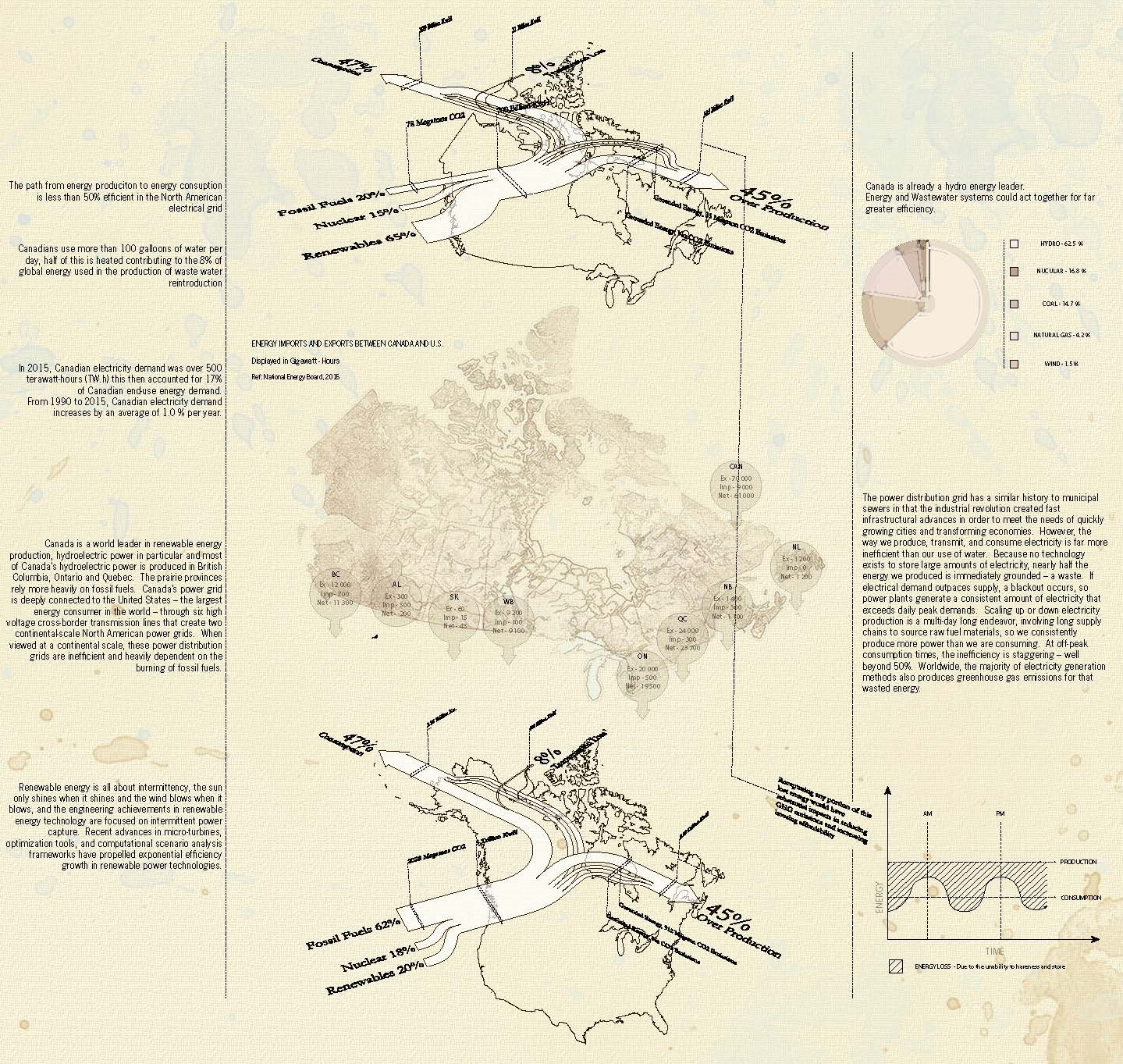
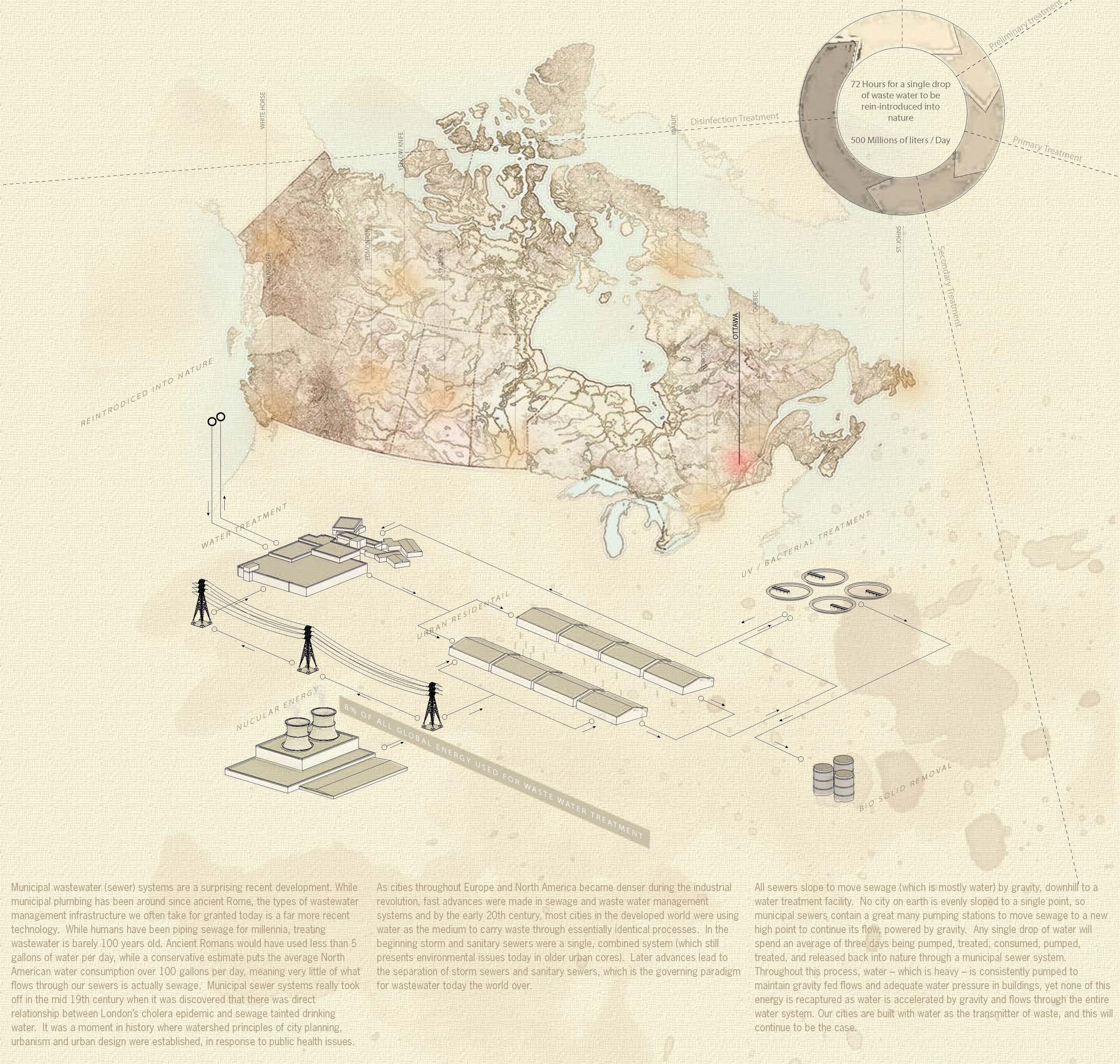
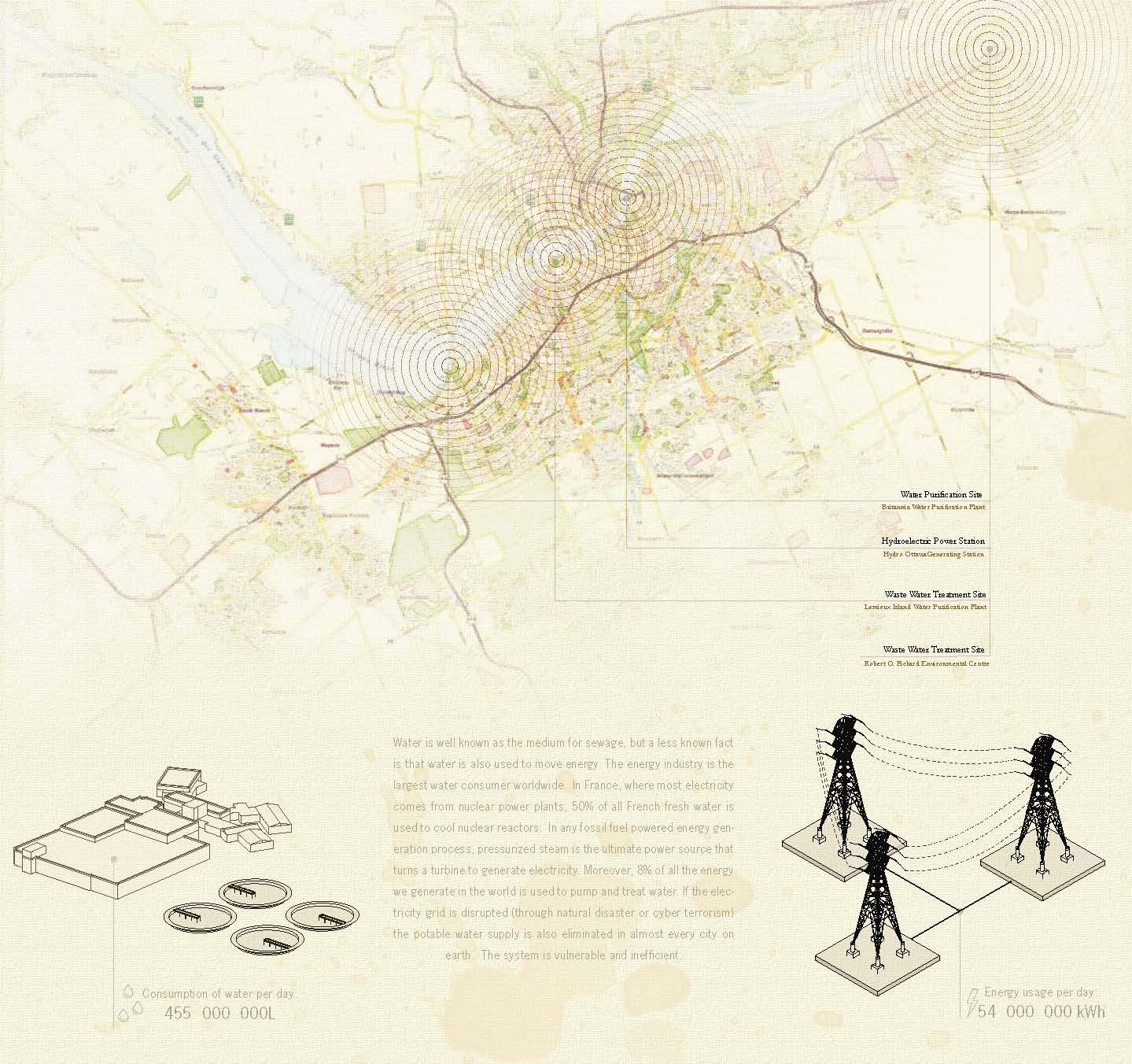
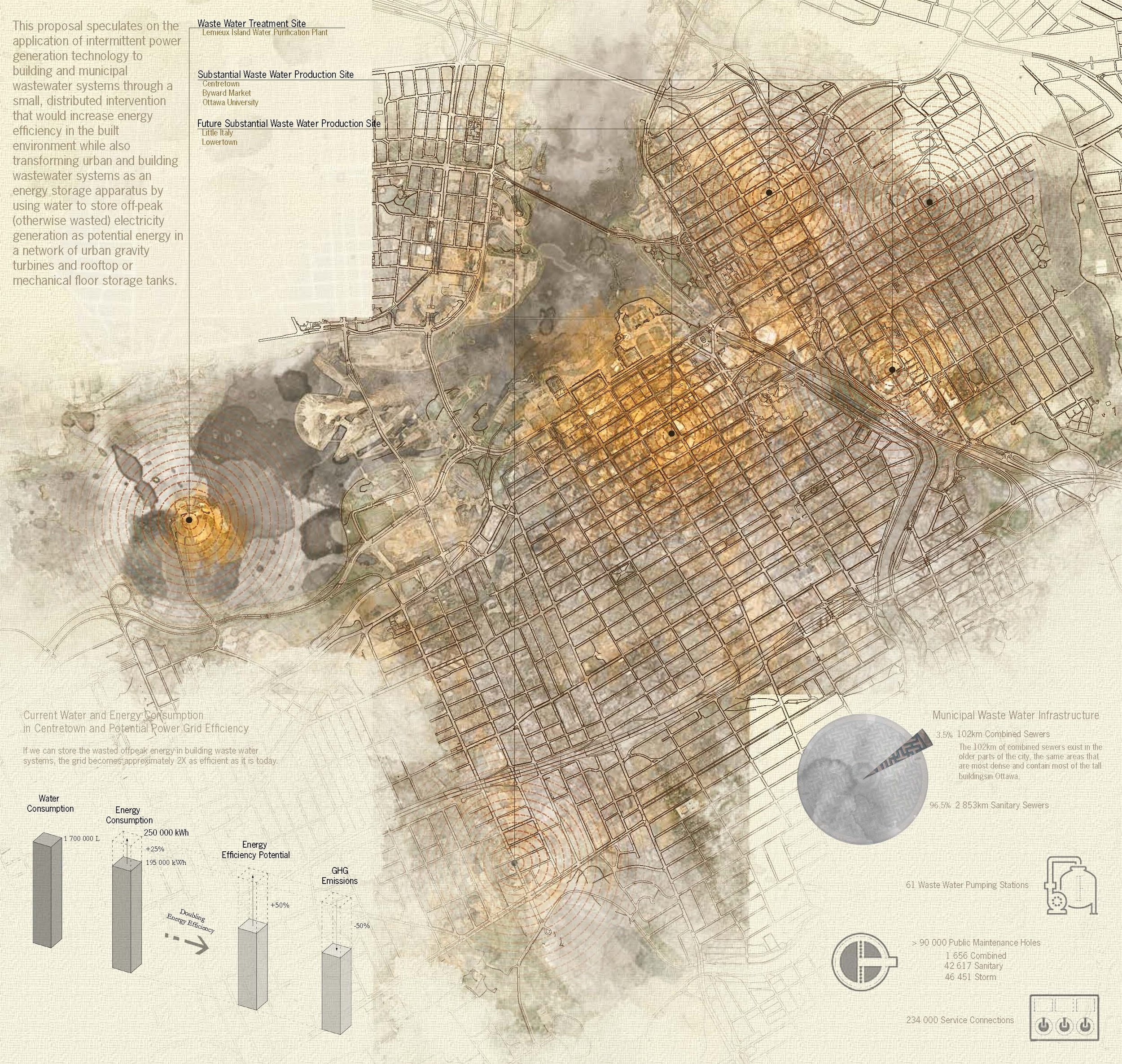
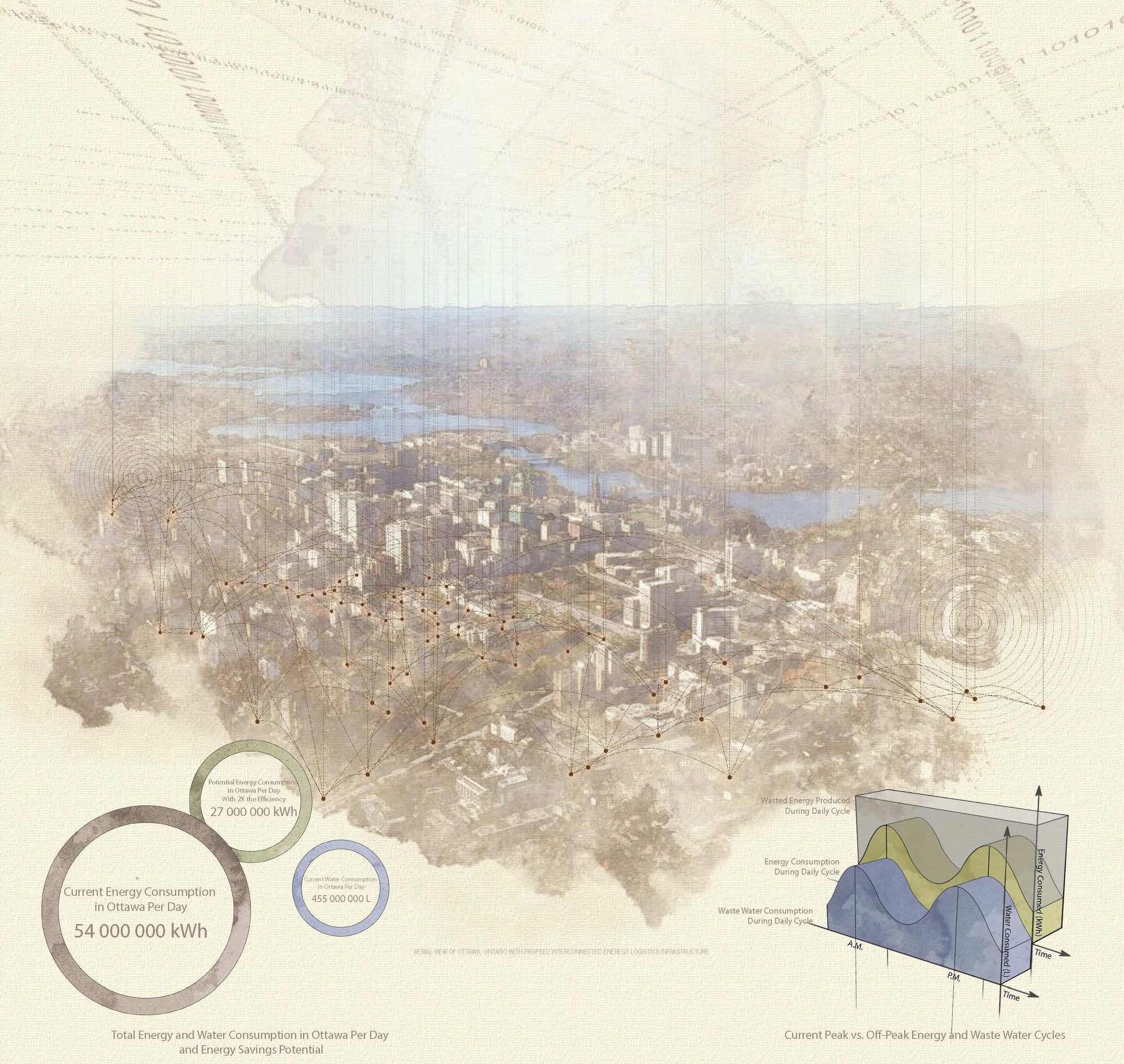
Submission Boards
RETHINKING THE BUILDING CORE
OAA COMPETITION - WINNER
Location: Little Italy - Ottawa, Ontario, Canada
Director : Zach Colbert
Infrastructure is the platform that society and economy are built upon and today’s infrastructure is in a state of shift. The petrochemical economy is sunsetting and a new paradigm is emerging. Where new interconnected and distributed infrastructure are possible. Cities today are not energy efficient. Societal trends such as population growth, increasing average living space, increasing market penetration of residential appliances, and fewer people per household have contributed to steadily rising per capita energy consumption in urban residences throughout the developed world. A growing world population, combined with increasing rates of urbanization and increasing per capita energy consumption, will require new kinds of energy infrastructure. We must build cities, but we must learn to build them differently.
Imagine a near future city, where individual buildings operate as clean energy power stations: self-sufficient energy nodes that store, recapture and produce energy. These buildings will act together with other buildings and other energy generation infrastructures in a real-time energy Internet that will provide an energy efficient grid to the built environment.
The way we produce, transmit, and consume electricity is far more inefficient than our use of water. Because no technology exists to store large amounts of electricity, nearly half the energy we produced is immediately grounded – a waste. If electrical demand outpaced supply, a blackout occurs, so power plants generate a consistent amount of electricity that exceeds daily peak demands. Scaling up or down electricity production is a multi-day long endeavor, involving long supply chains to source raw fuel materials, so we consistently produce more power than we are consuming. At off-peak consumption times, the inefficiency is staggering – well beyond 50%. Worldwide, the majority of electricity generation methods also produces greenhouse gas emissions for that wasted energy.
This proposal speculates on the application of intermittent power generation technology to building municipal wastewater systems. Through a small, distributed intervention that would increase energy efficiency in the built environment while also transforming urban and building wastewater systems as an energy storage apparatus. By using water to store off-peak (otherwise wasted) electricity generation as potential energy in a network of urban gravity turbines and rooftop or mechanical floor storage tanks.
All sewers slope to move sewage (which is mostly water) by gravity, downhill to a water treatment facility. No city on earth is evenly sloped to a single point, so municipal sewers contain a great many of pumping stations to move sewage to a new high point to continue its flow, powered by gravity. Any single drop of water will spend an average of three days being pumped, treated, consumed, pumped, treated, and released back into nature through a municipal sewer system. Throughout this process, water – which is heavy – is consistently pumped to maintain gravity fed flows and adequate water pressure in buildings. None of this energy is recaptured when the water is accelerated by gravity throughout the entire water system. The integration of gravity turbines in key parts of our water treatment systems will help recapture this energy before it is released back into nature.
